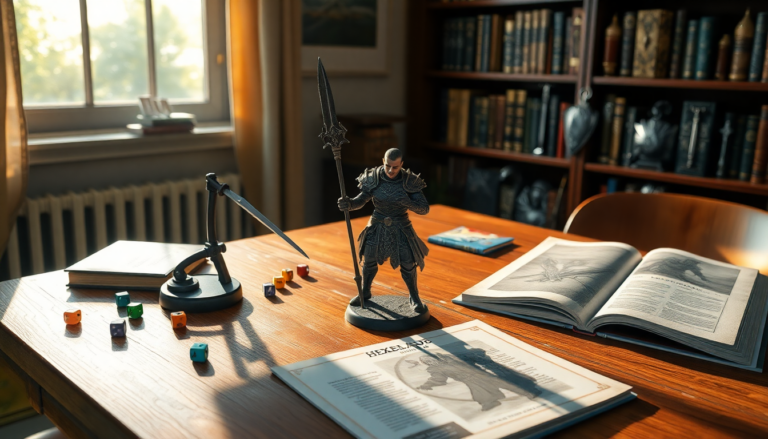Argomenti trattati
The Hexblade has been a game-changer in the world of Dungeons & Dragons, especially since it burst onto the scene in 2017. With the upcoming D&D 2024 revisions, players are bracing for significant adjustments to this beloved Warlock subclass. What do these changes mean for gameplay? And how might they reshape your character builds? Let’s dive into the key updates and their implications.
What Makes the Hexblade Special?
The Hexblade subclass has earned its reputation for blending martial combat with spellcasting, offering players a versatile character option. Many have chosen Hexblade for its standout features, like medium armor proficiency, the ability to wield shields, and the option to use Charisma for melee attack rolls. This unique mix allows players to focus their abilities effectively, enhancing performance in both melee and spellcasting.
However, the upcoming 2024 revisions are set to recalibrate the Hexblade’s power. Those who were used to snagging the benefits of a one-level dip into Warlock will notice that many perks are now pushed to later levels, which will fundamentally change how this subclass plays.
What’s New in D&D 2024?
One of the biggest updates in the Unearthed Arcana materials is the restructured Hexblade benefits. Previously, players could quickly access critical abilities by taking just one level in Warlock. Now, many of these perks, like armor proficiency and shield use, have been delayed until level three. The exception? The ability to use Charisma for melee attacks still kicks in at level one through the Pact of the Blade invocation.
Moreover, the updated subclass now offers a +2 bonus to AC when within 10 feet of a cursed target, but the trade-off is significant: players will no longer enjoy medium armor or shield proficiency. This change makes Hexblades more vulnerable, pushing players to rethink their strategies and adapt to the increased risks of losing concentration on spells due to incoming damage.
Despite these setbacks, new features introduce exciting complexities. The Unyielding Will ability empowers Hexblades to maintain concentration on spells more effectively by imposing penalties on enemies after successful saving throws. Additionally, the Hindering Curse ability imposes disadvantage on an enemy’s saving throws, opening up opportunities for strategic advantages during combat.
What Does This Mean for Players?
With these changes, players will need to reassess their character builds and strategies. The removal of armor proficiencies means Hexblades may need to invest in defensive spells like Armor of Shadows or consider multiclassing into classes that offer essential defenses. This shift encourages a balanced approach to character development, prompting players to explore new combinations to enhance their survivability.
Furthermore, the Hexblade’s reliance on Charisma as its primary attribute has become even more critical. Pairing with classes like Sorcerer could yield powerful synergies, allowing players to navigate the new limitations effectively. The Sorcadin build, which merges Sorcerer and Paladin, might gain traction as players look to harness the strengths of both classes.
Ultimately, the changes to the Hexblade subclass in D&D 2024 aim to foster a more balanced gameplay experience while preserving the character’s core essence. As players adjust to these updates, the discourse around the Hexblade’s effectiveness and viability will surely evolve, paving the way for fresh strategies and innovative character concepts. Are you ready to adapt your game? The adventure continues!

